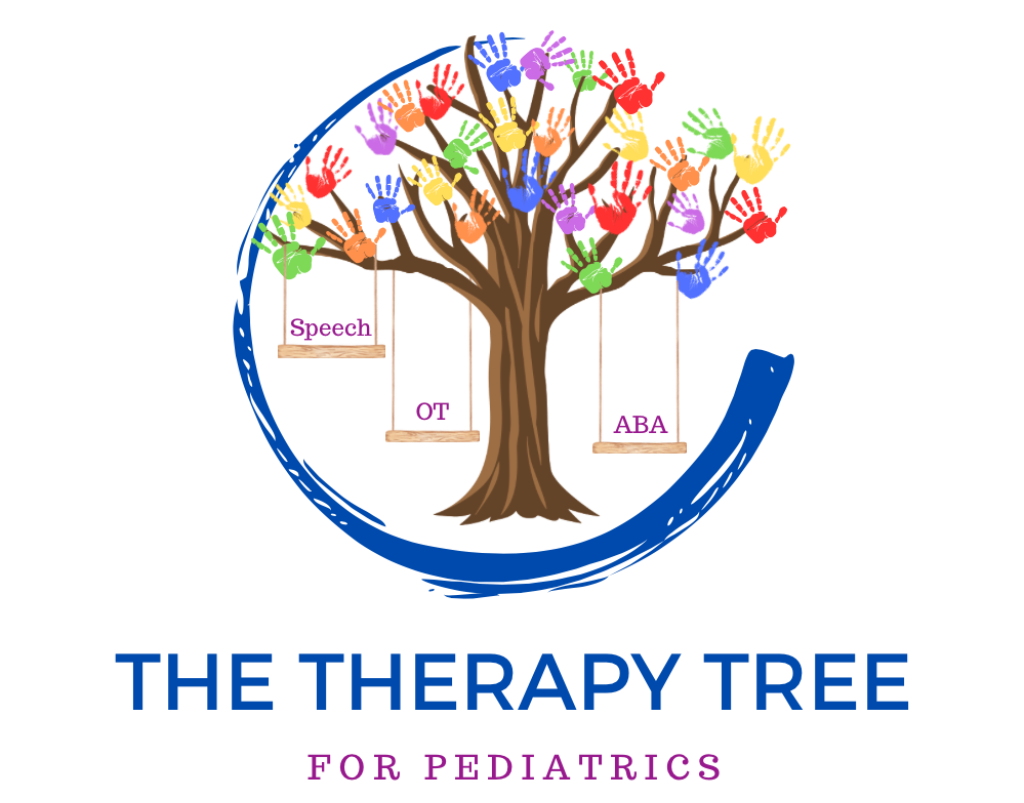Swallowing Therapy for Children: When Eating and Drinking Become a Challenge
Eating and drinking are essential parts of a child’s daily life, but for some children, these activities can be difficult and even distressing. Swallowing issues, also known as dysphagia, can impact a child’s ability to eat and drink safely. Swallowing therapy, a specialized service provided by speech therapists, is designed to help children overcome these challenges.
What Is Dysphagia?
Dysphagia refers to difficulties with swallowing, and it can present in various ways. Some children may struggle to chew food properly, have trouble moving food to the back of their throat, or experience coughing and choking when trying to swallow liquids. For others, there may be a silent struggle, where food or liquid enters the airway without obvious signs, increasing the risk of respiratory issues.
How Can Swallowing Therapy Help?
Swallowing therapy is tailored to meet the individual needs of each child. Therapists start by assessing the child’s specific challenges, which may involve observing eating habits, conducting a physical examination, and using specialized tests to evaluate swallowing function. Once the issues are identified, a personalized therapy plan is developed.
Therapy techniques often include exercises to strengthen the muscles used in swallowing, strategies to improve coordination, and modifications to the child’s diet (such as changing food textures or using thickened liquids). The goal is to help the child learn safe swallowing patterns and reduce the risk of choking or aspiration.
Signs Your Child May Benefit from Swallowing Therapy
Parents may notice certain signs that indicate a swallowing problem, such as:
- Refusing certain foods or avoiding meals
- Coughing or choking during eating or drinking
- Taking a long time to eat
- Gagging or vomiting frequently
- Wet-sounding voice or breathing after eating
- Difficulty gaining weight or growing as expected
If you notice any of these symptoms, it’s important to consult a healthcare professional who can determine if swallowing therapy might be helpful.
Creating a Supportive Environment at Home
In addition to therapy sessions, creating a positive and supportive environment during mealtimes can make a big difference. Allowing plenty of time for meals, minimizing distractions, and offering a variety of food textures can help encourage safe and enjoyable eating experiences for your child.
Swallowing therapy is not just about improving a physical function; it’s about enhancing a child’s overall quality of life. Contact us for more information on how swallowing therapy may be a good fit for your child.
